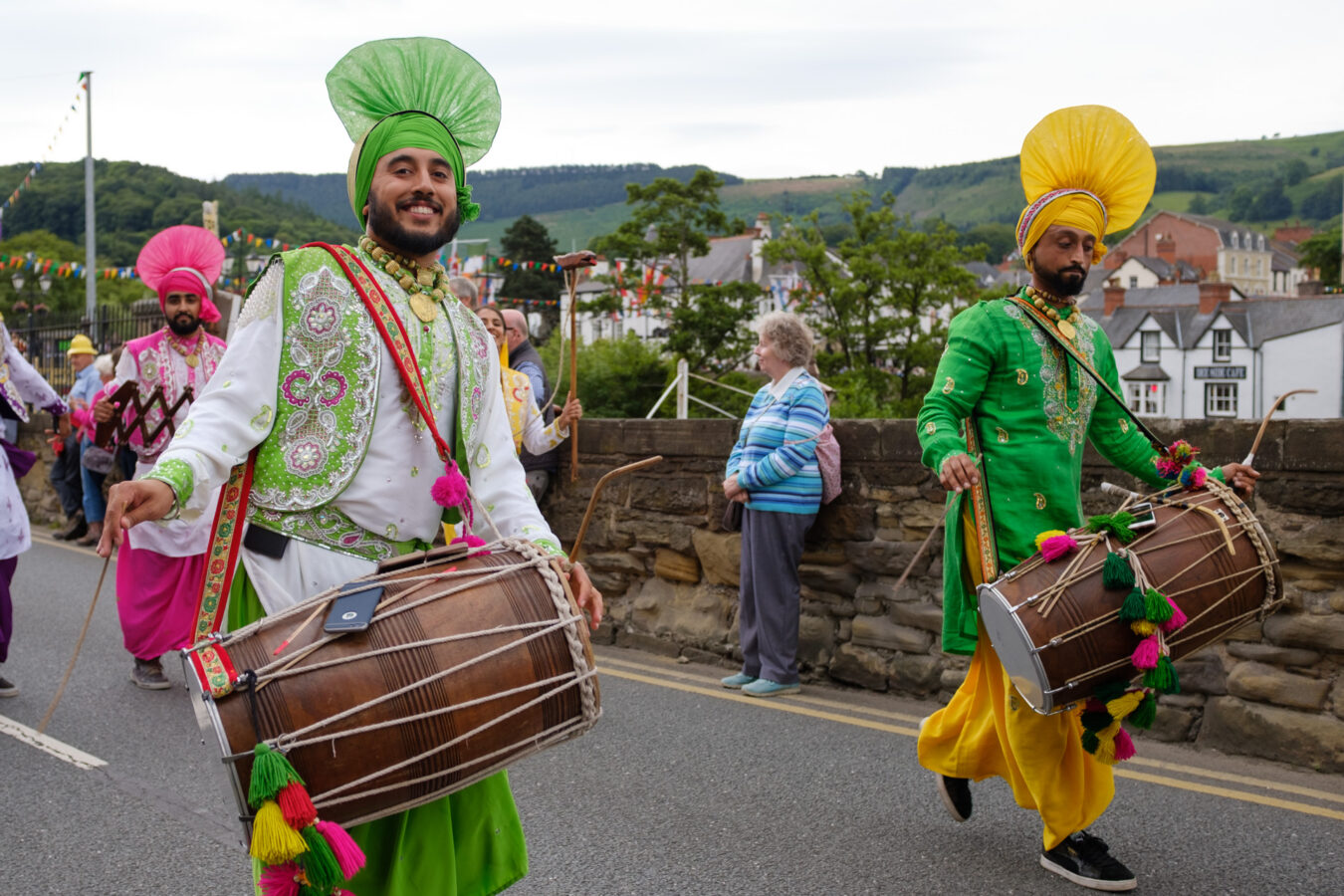The National Eisteddfod is a unique celebration of Welsh arts, language and culture, and is Wales’ most important event of the year. It lasts eight days and is one of the largest music and poetry festivals in Europe, attracting no fewer than 170,000 people annually. Whether you’re a traveller or someone who has recently moved to Wales, the Eisteddfod is the perfect opportunity to experience the vibrant Welsh culture and community.
The National Eisteddfod is held in the first week of August, with the location alternating between North and South Wales each year. In 2025, the festival takes place in Wrexham (North Wales), from 2 to 9 August.
Although the National Eisteddfod is primarily a Welsh-language competition, tracing its roots back to the 18th century, in recent times it has expanded to offer more entertainment for all ages and families. Efforts have also been made to welcome visitors from all over the world and to make the event less intimidating for non-Welsh speakers. You’ll find bilingual signage and live translations of the main events via wireless headphones, offered free of charge. There is also a dedicated area for Welsh learners.
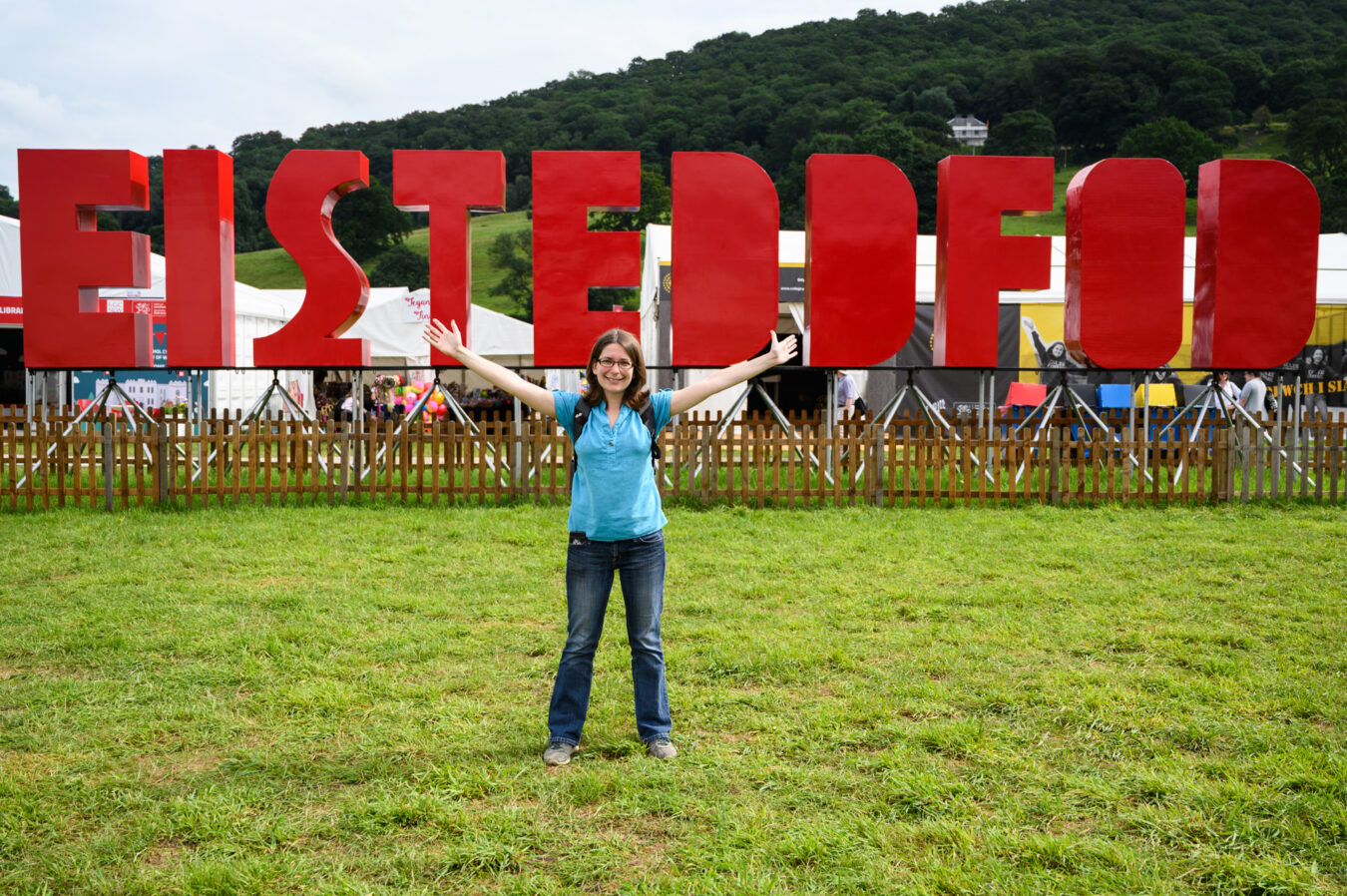
Photo Credits
Photos of the Parish Church of St Giles and Pontcysyllte Aqueduct are from the Wales Asset database. © Hawlfraint y Goron / © Crown copyright (2022) Cymru Wales.
All the other remaining photos are property of Mathieu Gasquet / We Travel Wales.
Brief History Of The Eisteddfod
Although it most certainly began earlier and in various locations, the first documented Eisteddfod dates back to the bardic competition held by Rhys ap Gruffydd (Lord Rhys) at Cardigan Castle in the Christmas of 1176. Lord Rhys had successfully captured what was then made of wood, and started to rebuild it in stone, which is believed to be the first stone castle ever built by a Welshman. To celebrate the completion of the new castle, Lord Rhys hosted what is now accepted as the first Eisteddfod.
One of the main symbols of the competition is the bardic chair, also known as the Chair (Cadeirio in Welsh), awarded to the winning entrant for the awdl – poetry written in a strict metre form known as cynghanedd. A new chair is specially designed every year. There is also the Crown (Coroni), awarded to the winner of the Pryddest, poetry written in free verse. As with the chair, a new crown is created each year. The winners are honoured with a beautiful ceremonies and performances, including a floral dance performed by local children.
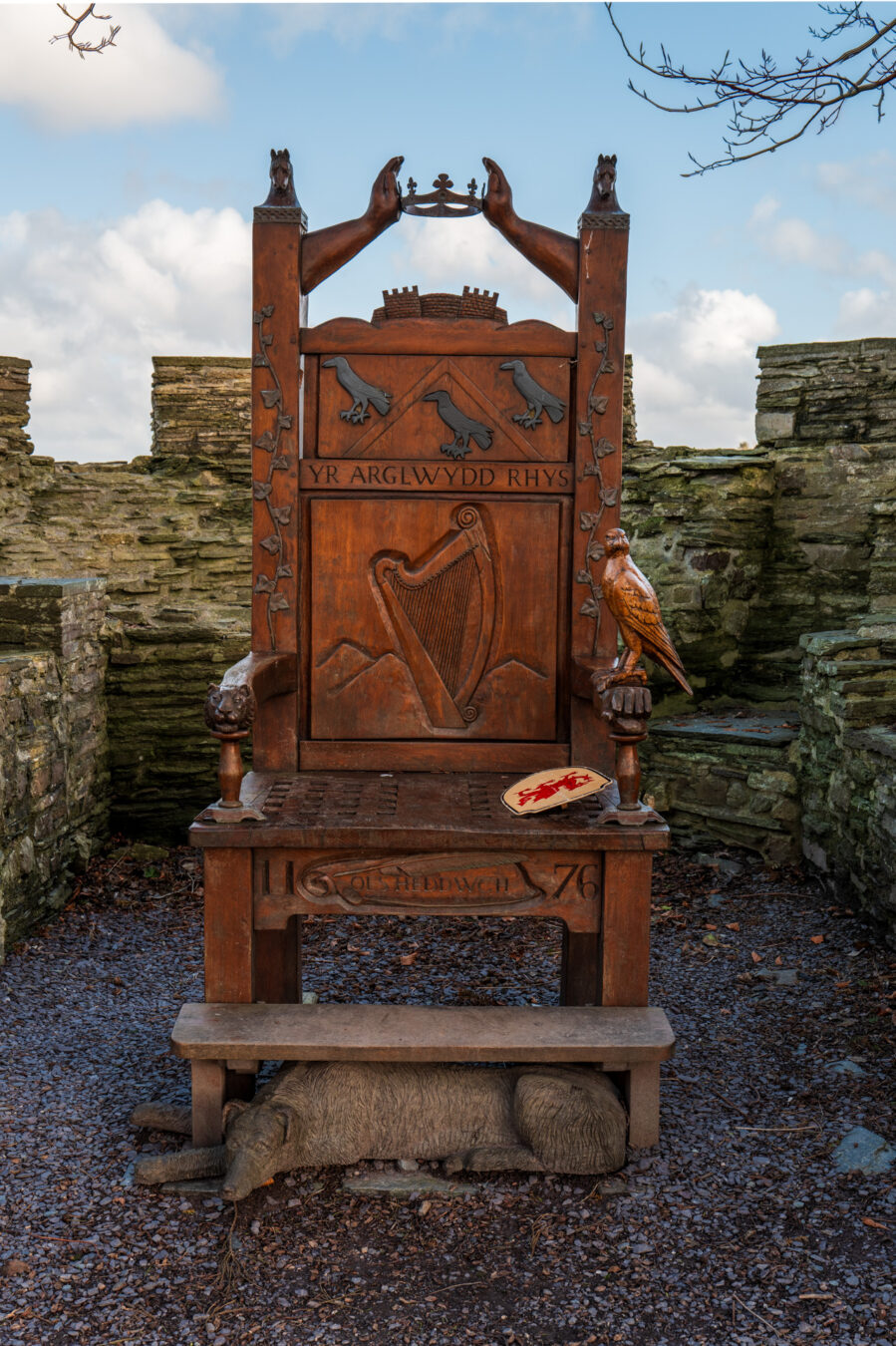
Additional read:
Among the many awards given over the years, one of the most dramatic took place in 1917. The poet Ellis Humphrey Evans, whose bardic name was Hedd Wyn, was announced as the winner, only for the crowd to learn later that he had been killed the previous month in Belgium during the First World War. A film about his life, the 1992 biopic Hedd Wyn, became the first British film to be nominated for Best Foreign Language Film at the Academy Awards the following year.
Although it culminates with the August event, the Eisteddfod begins earlier in the year with several ranked competitions, including poetry and music, which take place at local, regional and national levels. Not only can adults compete, but every pupil in Welsh public schools also has the chance to participate if they wish to do so. (My four-year-old was quite happy to sing the classic ‘Lili wen fach’ at our local school, and although he didn’t make it to the next round, he really enjoyed the experience.)
What To Expect in the 2025 National Eisteddfod of Wales
The name of the festival site is Maes (which means “field” in Welsh).
During the day, writers, musicians, dancers and poets take to the stage in various competitions. In the evening, the entertainment continues with theatre shows, cabaret and live music performances.
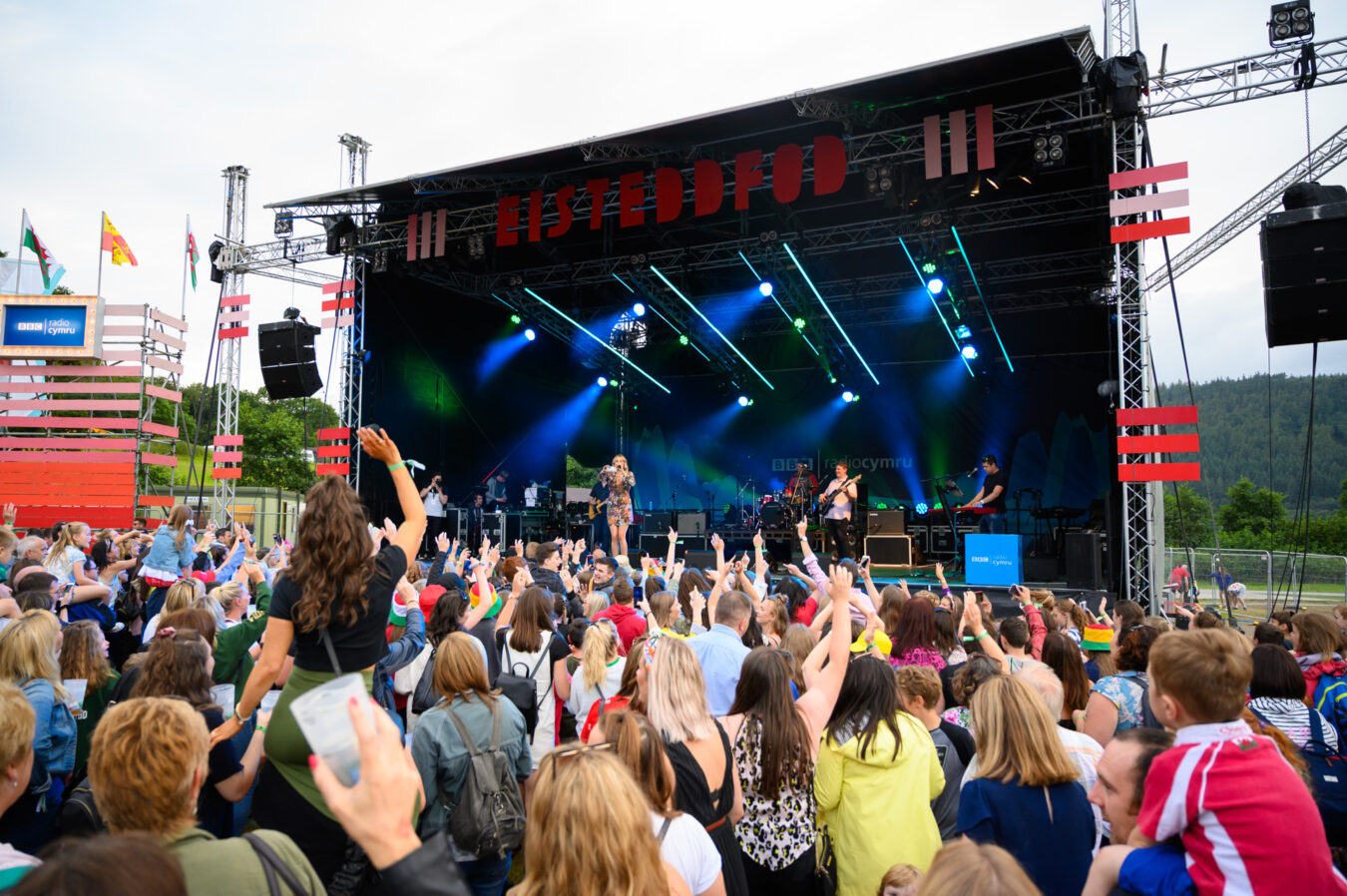
The Pavilion, which can host up to 1,700 people, is the festival’s focal point and main stage. However, there are many other noteworthy areas and events in the programme, including 20 stages around the Maes featuring literature, theatre, folk music and opera. You’ll also find Y Lle Celf, the largest contemporary art exhibition in Wales, as well as live music where contemporary Welsh pop, rock, indie and hip hop bands take the helm after dark. There are also areas dedicated to children, such as Pentre Plant, and a Science and Technology Pavilion full of experiments, demonstrations and games.
The Eisteddfod is also an opportunity to savour a large street food area showcasing the best of Welsh produce, as well as sample Welsh beer, cider, wine and gin.
Finally, you don’t have to know Welsh to enjoy the festival. Wireless simultaneous translations are available for all the major events (free of charge), and there is a dedicated area for learners or those wishing to practise a few phrases, called Maes D (where “D” stands for Dysgwyr, meaning “learners” in Welsh).
Tickets start from £23 for adults, with various options available (including concessions for children, seniors and families, as well as weekly tickets). Find out more on the official Eisteddfod website.
What To Do In and Around Wrexham
Wrexham is located in north-east Wales and is a city buzzing with artistic culture, lovely places to eat, and an active nightlife. You may also have heard more about it since Hollywood stars Ryan Reynolds and Rob McElhenney bought Wrexham FC (the third-oldest football club in the UK and the oldest in Wales), sparking a surge in popularity.
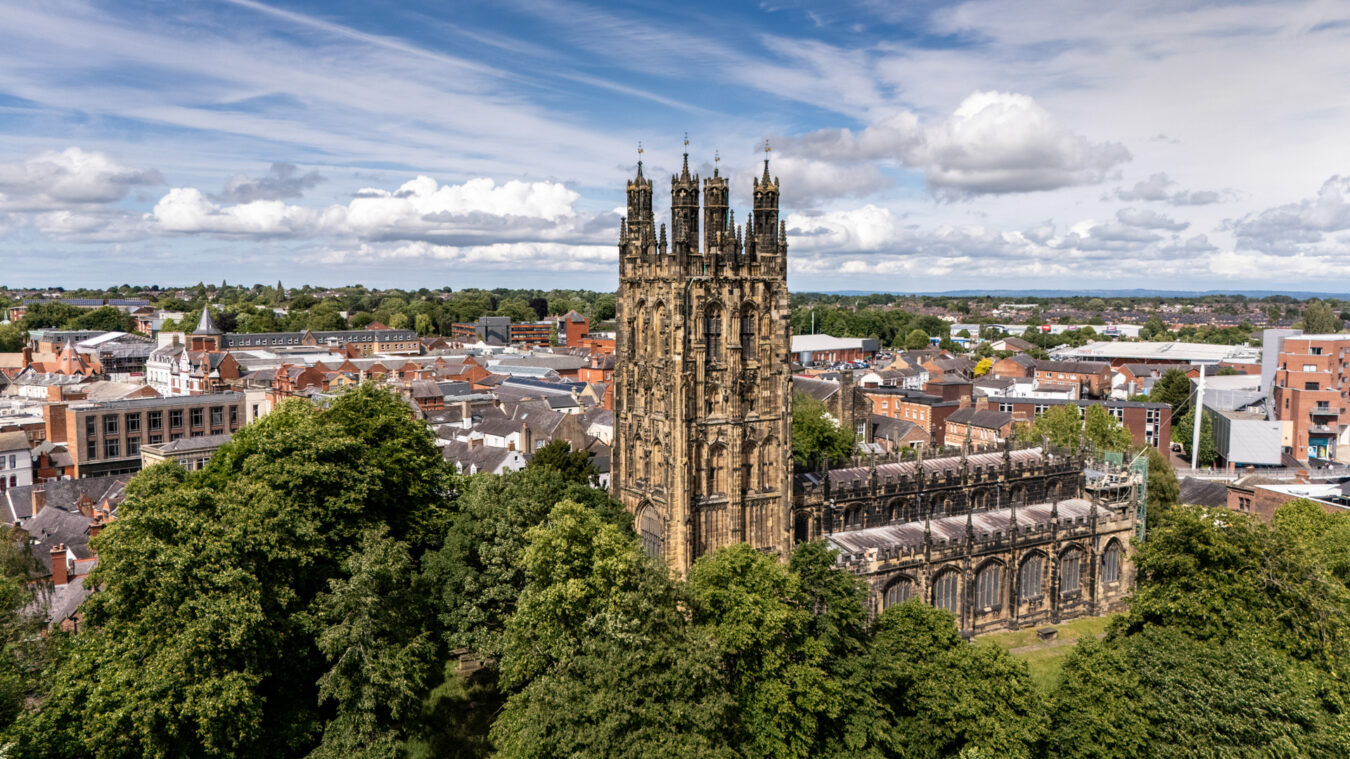
If you decide to visit the city, you’ll find plenty of shopping opportunities in the town centre. There is also the impressive 16th-century Gothic Parish Church of St Giles, the largest medieval church in Wales. I also recommend Lot 11 Café for a nice cup of coffee or breakfast, and Zerno Café if you fancy pancakes!
Just outside Wrexham, Erddig Hall and Garden is a National Trust site well worth a visit. This 17th-century country house tells the story of a gentry family and their servants, with carefully preserved rooms offering a glimpse into life in the early 1900s. Outside, you can explore the large, fully restored 18th-century garden via a variety of walking trails leading to rivers and woodland. You’ll also find a shop, a restaurant, and a natural play area for children.
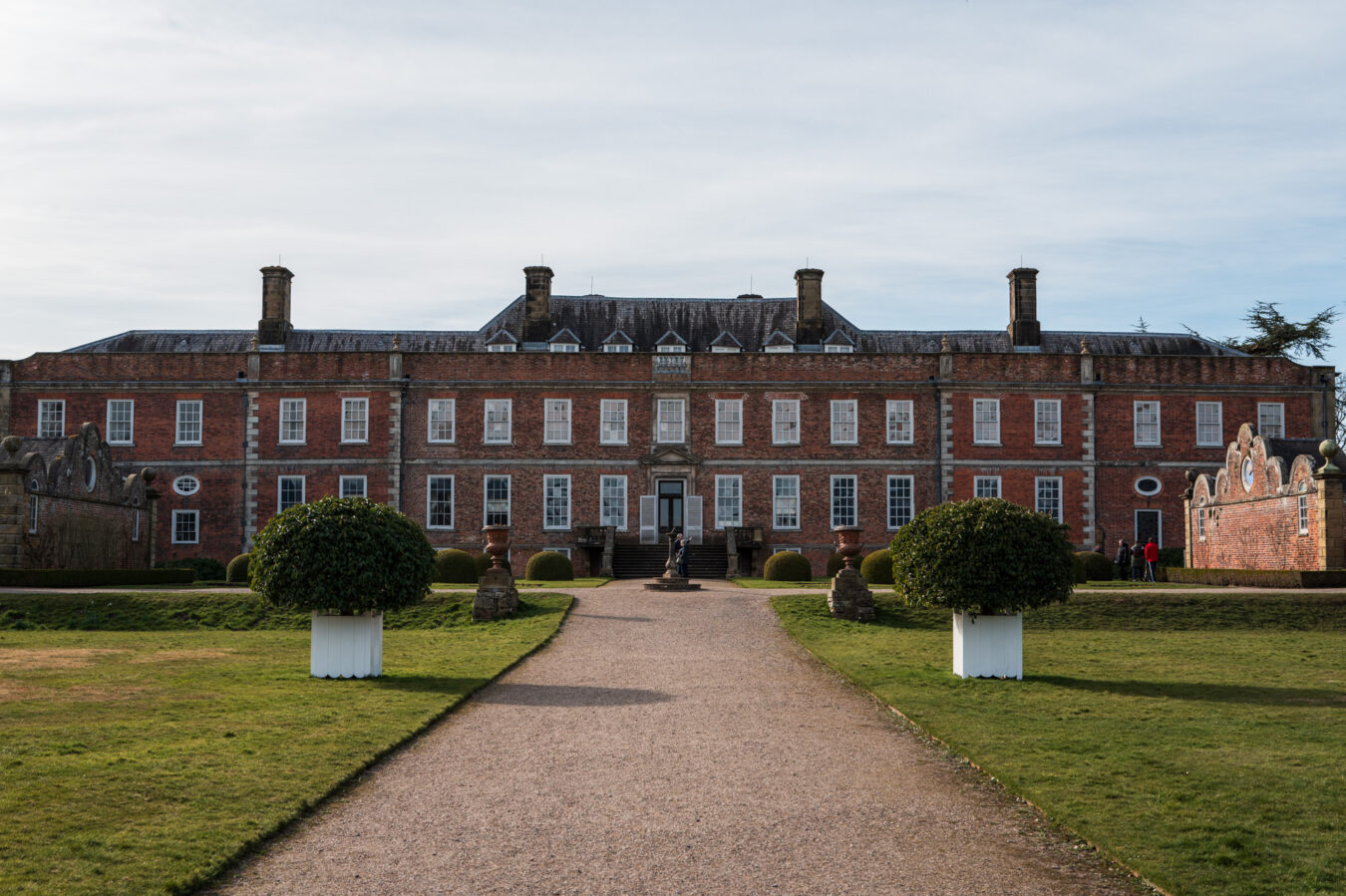
A 25-minute drive south-west of Wrexham takes you to Llangollen, a picturesque town on the River Dee in Denbighshire. It is known for its charming canal, which stretches for eleven miles from Gledrid to the Horseshoe Falls, running along the spectacular Pontcysyllte Aqueduct – the longest aqueduct in Great Britain and the highest canal aqueduct in the world.
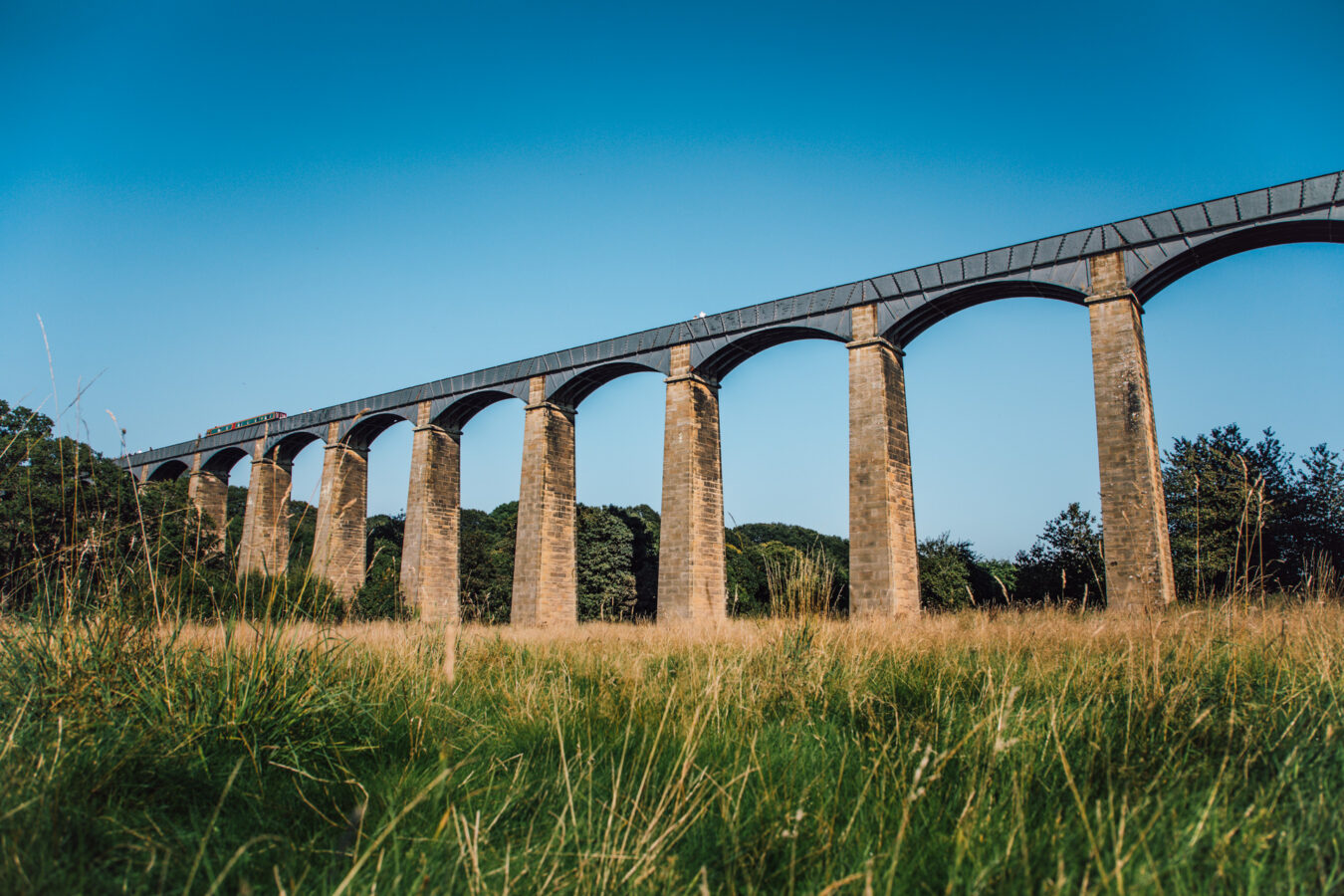
The area offers plenty of outdoor activities, including canoeing on the canal and the River Dee, as well as a great selection of restaurants, cafés and shops. It is also home to one of the two remaining standard-gauge steam railways in Wales, the Llangollen Railway.
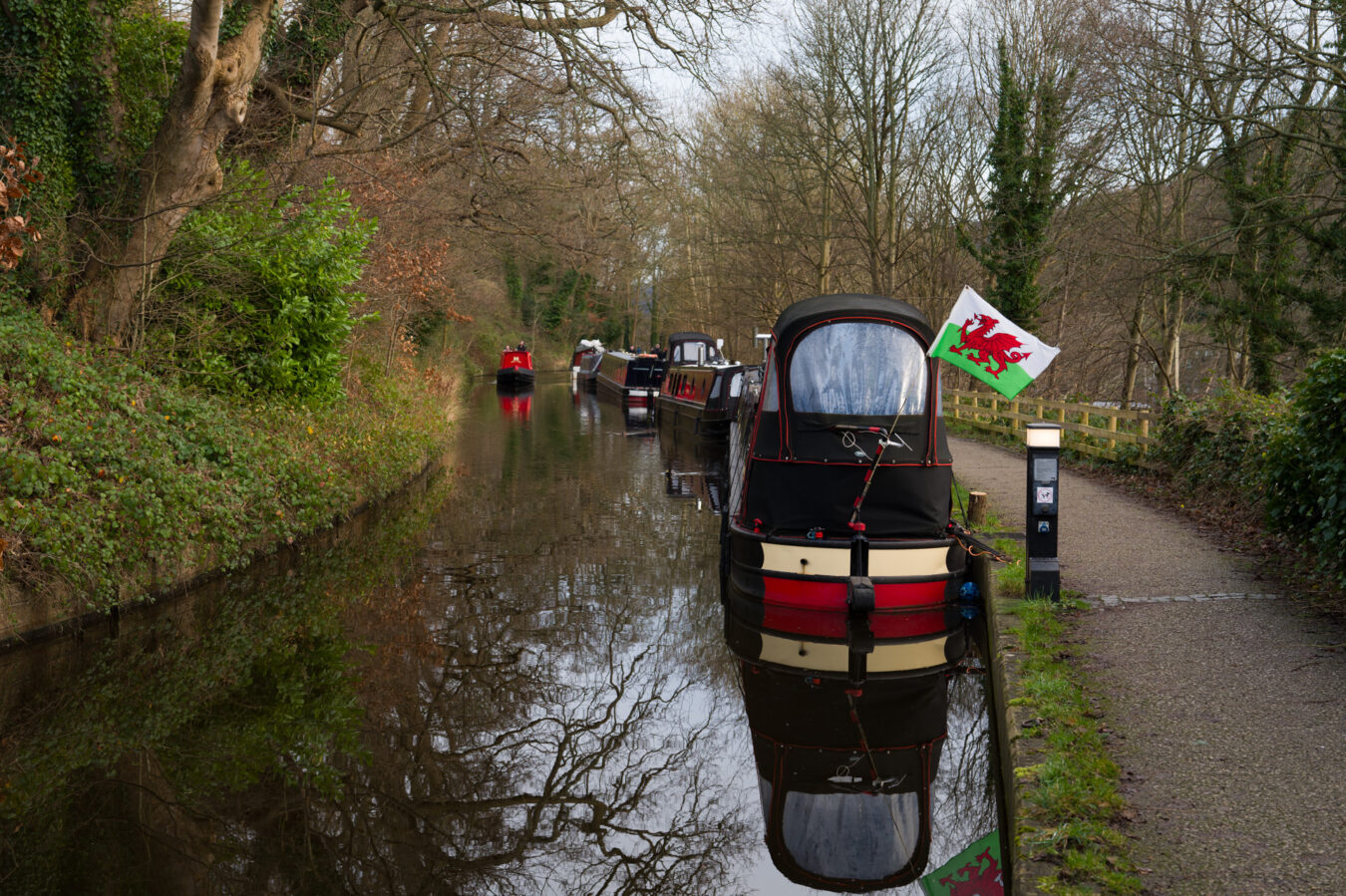
Llangollen also hosts the Llangollen International Musical Eisteddfod, one of several large annual Eisteddfodau in Wales. It takes place every year during the second week of July over six days and attracts singers and dancers from around the world, who take part in over 20 competitions during the day. These are followed by concerts on the main stage every evening. Many famous performers have graced the stage in Llangollen, including Luciano Pavarotti, to name just one.
